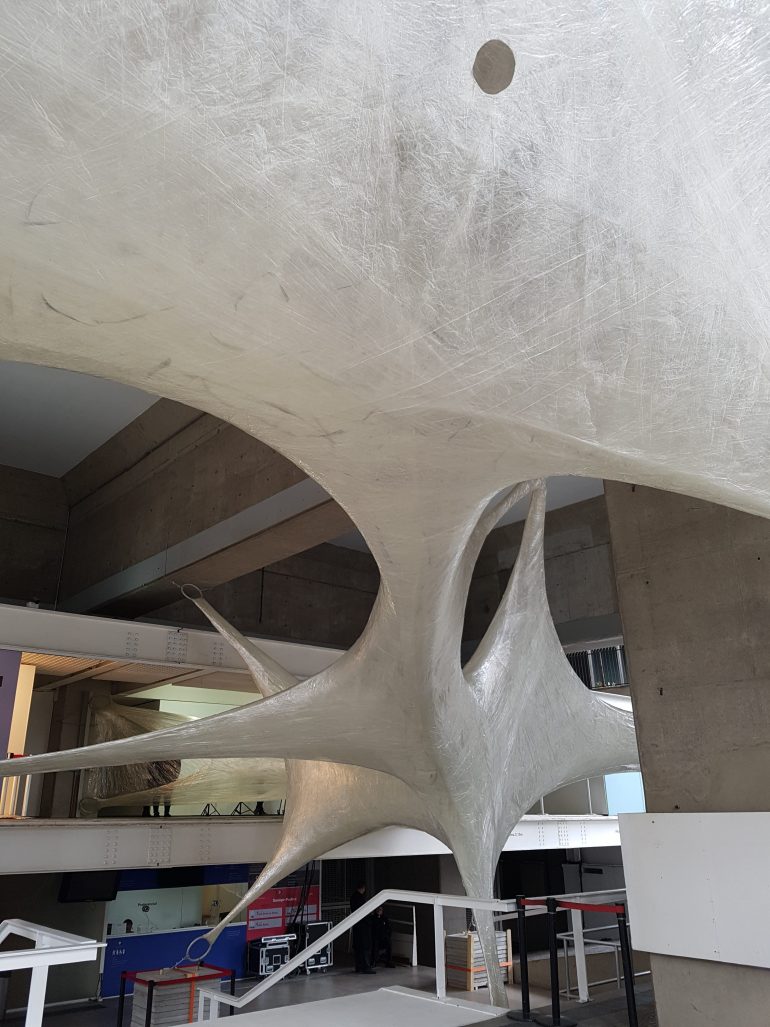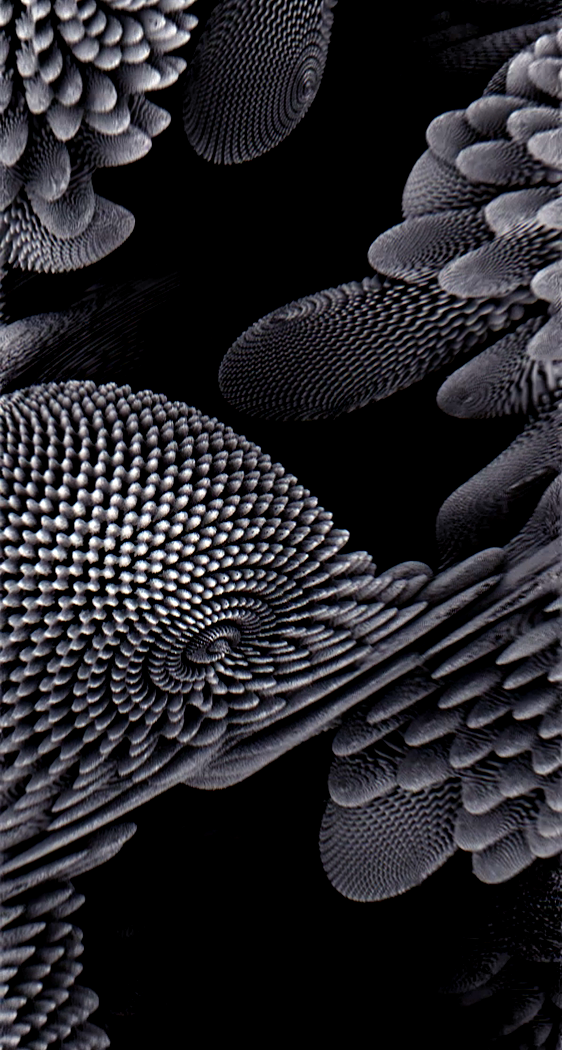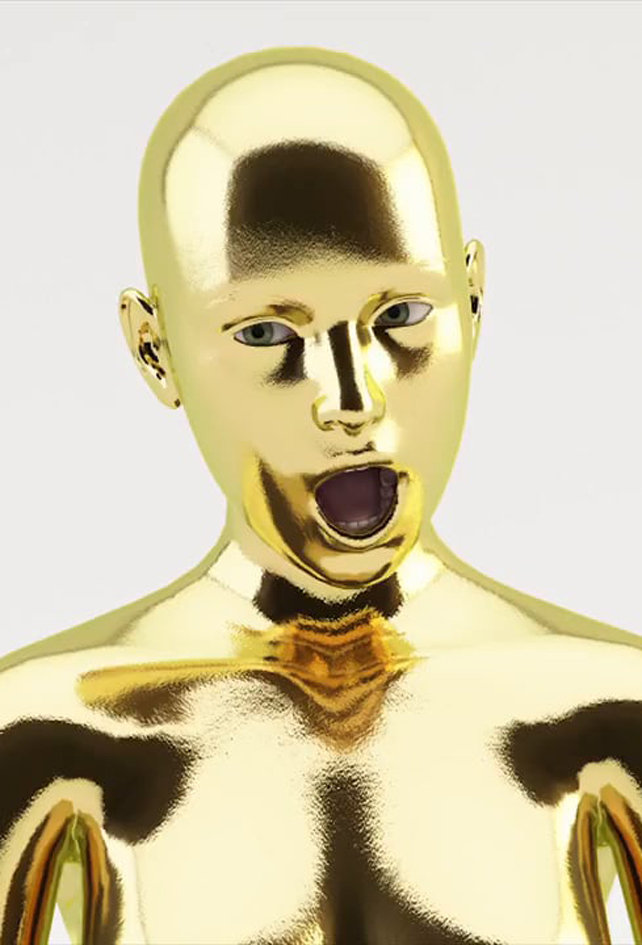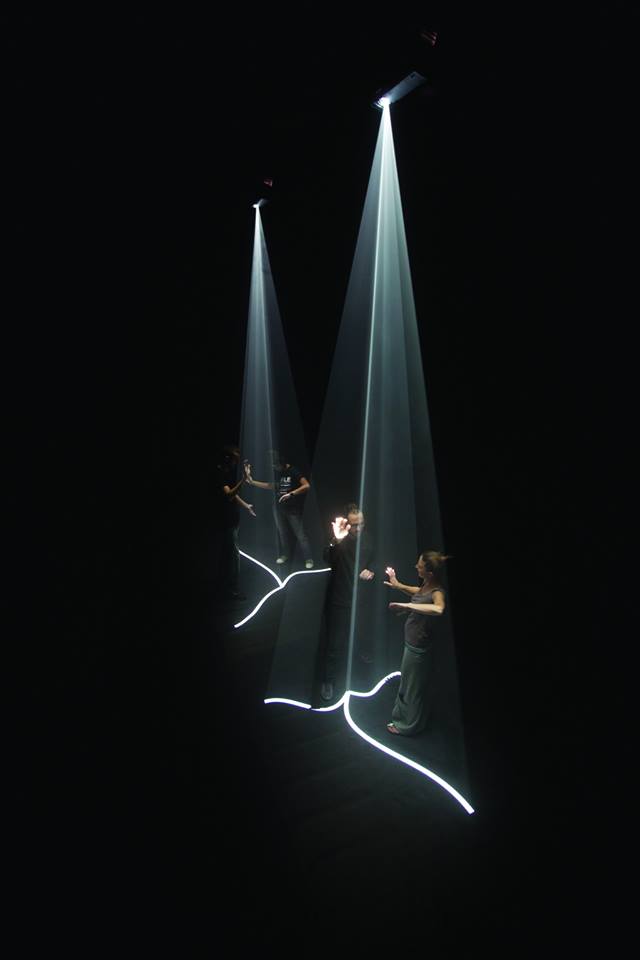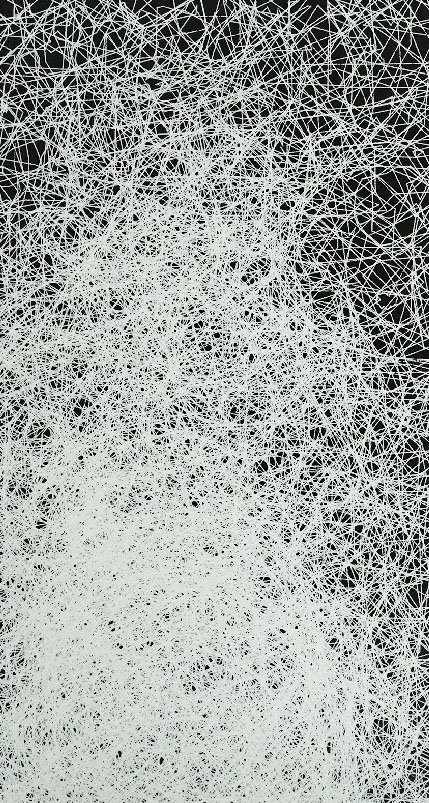
RICHARD VIJGEN
WiFi Impressionist
Wifi Impressionist ist eine Feldinstallation, die elektromagnetische Landschaften zeichnet, die von den Stadtlandschaften von William Turner inspiriert sind. Die Arbeit besteht aus einer Richtantenne auf einem Schwenk-Neigungs-Mechanismus, der auf WiFi-Signale wartet und ein dreidimensionales Modell der umgebenden Signale erstellt. Aus diesem Modell wird ein Ansichtsfenster ausgewählt, das die Perspektive und den Rahmen definiert. Signale, die innerhalb des Rahmens aufgenommen werden, werden als Wellen dargestellt, die von einem bestimmten Ursprung ausgesendet und mit einem mobilen Plotter gezeichnet werden. Die Antenne und der Plotter sind beide auf einem Stativ montiert und können auf dem Feld platziert werden, so wie ein Maler seine Staffelei aufstellen würde. Sobald eine Zeichnung positioniert und ausgerichtet ist, wird sie mit der Zeit dichter, abhängig von der Dichte der Netzwerke um sie herum. Überall dort, wo ein WiFi-Signal vorhanden ist, füllt die Zeichnung schließlich den Rahmen.
